Today's Hours:
US Statistical Data by Topic




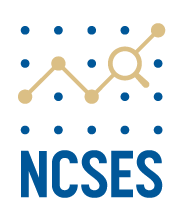




.jpg)












Categories in this box:
General US Public Education Statistics
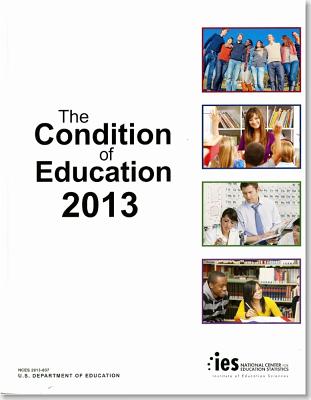 Condition of Education
by
U.S. Department of Education
Condition of Education
by
U.S. Department of Education


Primary & Secondary Education Data
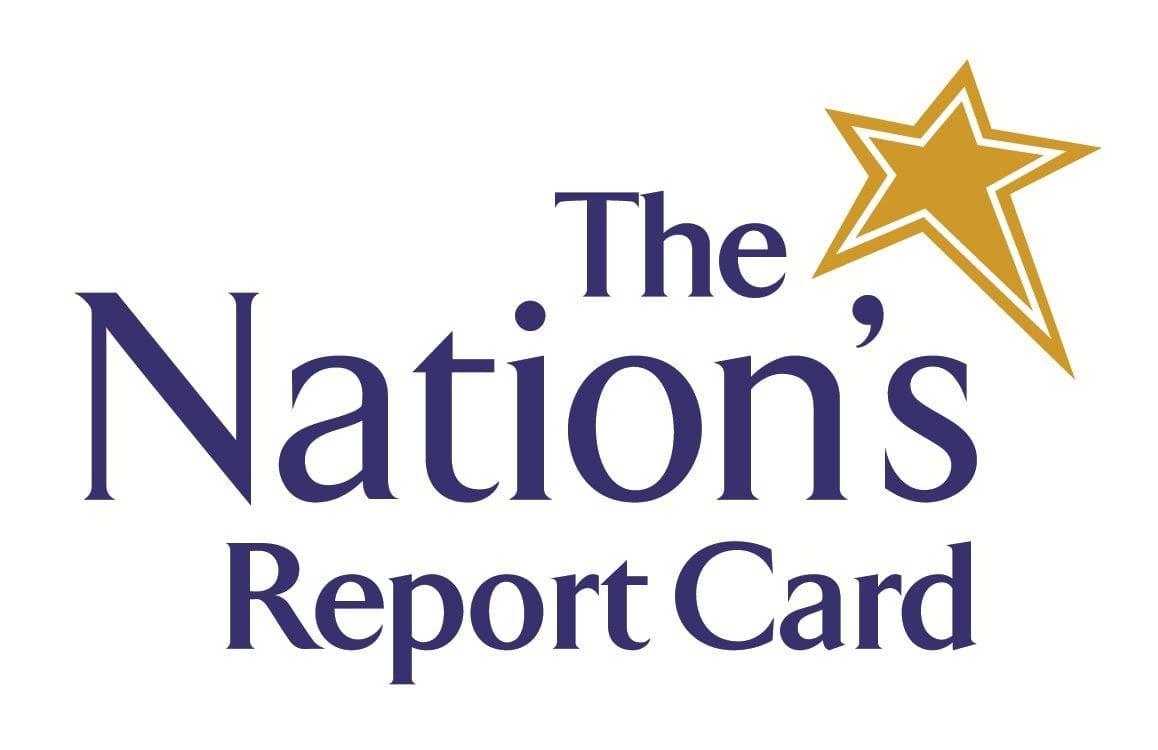
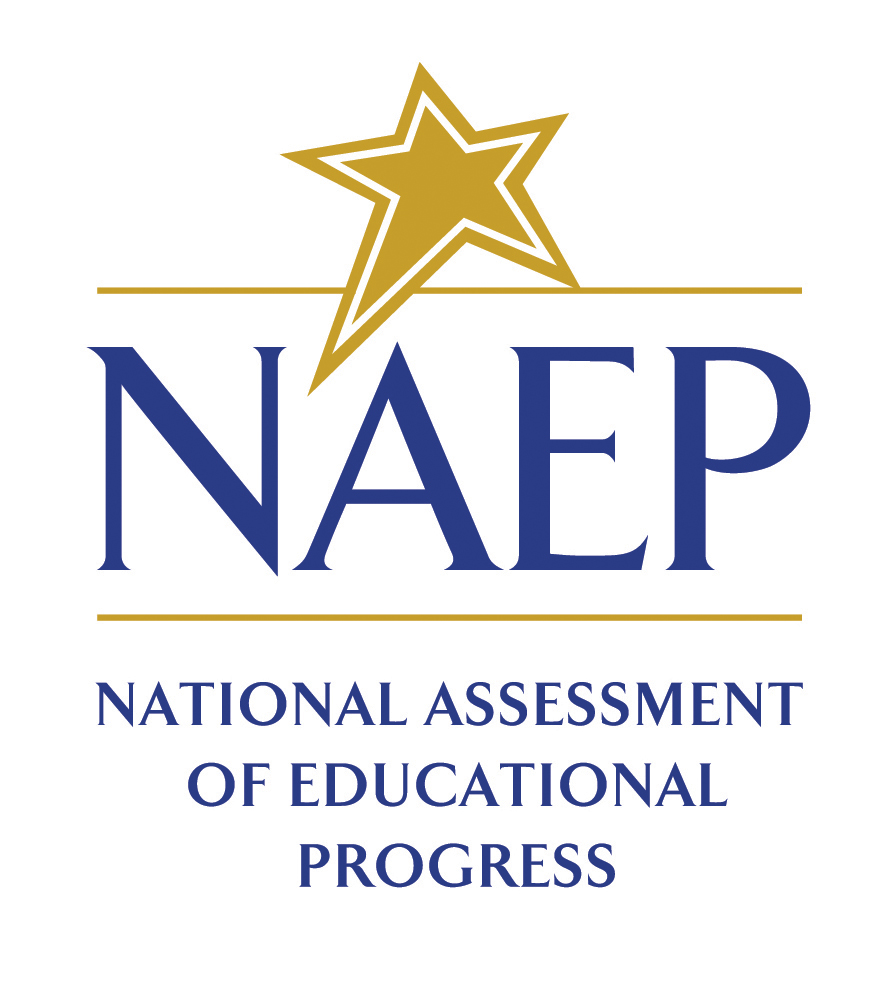




Colleges & Universities Education Data

US Special Education &/or Mental Health Data

VA State Education Data


International Education Data



Financial Data








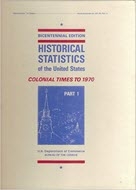 Historical Statistics of the United States, Colonial Times to 1970
Historical Statistics of the United States, Colonial Times to 1970



